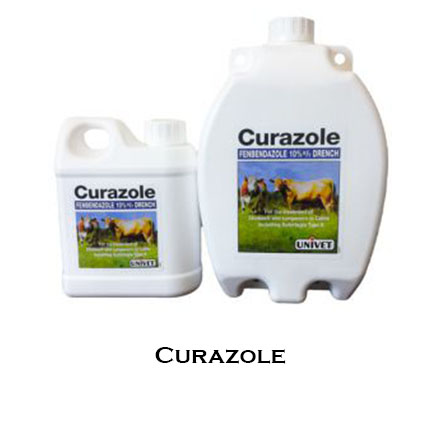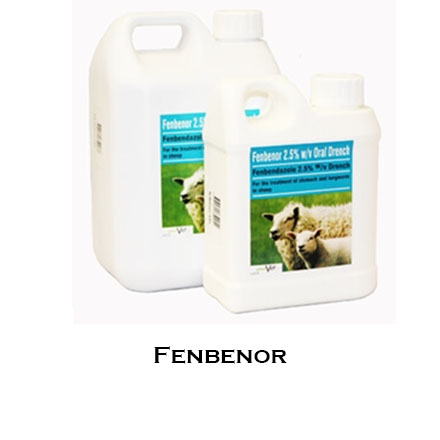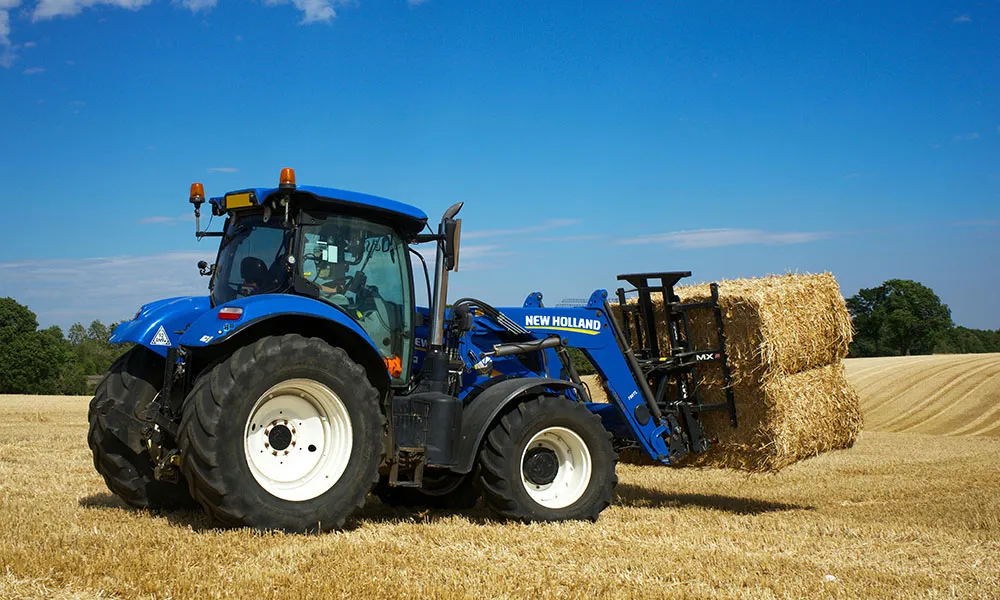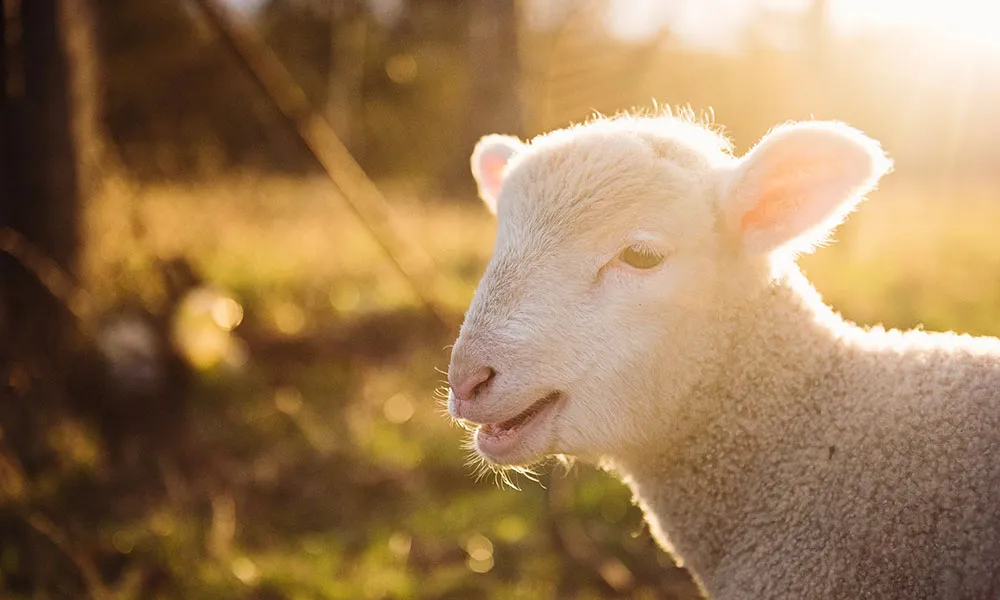
A touch of spring
Mid-March has brought with it the first real touch of spring. Over the last few days, we have seen a rapid rise in daytime temperatures and lengthy spells of sunshine. In such conditions, grass is coming on apace. Lambs born outdoors in this weather can be expected to thrive as the ground dries beneath them.
But while sheep farmers may celebrate this timely change in the weather, we should also remember that the spring warmth brings with it the threat of Nematodirus. March/April temperatures in the mid-teens provide the ideal conditions for outbreaks of this notorious larval infection in lambs. A severe outbreak of Nematodirus can wreak havoc on farm revenue, killing large numbers of lambs and weakening still more. Therefore, good farm management will be essential over the coming weeks if we are to stave off this threat.
What is Nematodirus?
Nematodirus worms are infective larvae that inhabit contaminated grass. Warm spring conditions, which cause cold ground to heat up, facilitate larval hatching just in time for young lambs, enjoying their first weeks of grazing, to ingest them.
Nematodirus worms affect young lambs, between 5 and 12 weeks of age. The symptoms of infection usually appear in the flock a couple of weeks after the peak hatching period. It is likely, as already mentioned, that we are now in that peak period.
What are the symptoms of Nematodirus infection?
Left untreated, Nematodirus is potentially deadly. The common symptoms include physical wasting, scour and dehydration. When you check on the flock, watch out for lambs gathering around the water troughs, without their dams. This is an indicator of the extreme thirst that comes with Nematodirus infection and should prompt you to immediate action.
Prevention
It is possible to mitigate the risk of Nematodirus infection. Plenty of research has demonstrated that infection rates are much higher where lambs are grazing pastures grazed by lambs in the previous year. This is why you should try to keep lambs away from such pastures. Consider drawing up a rotation plan that allows you to graze lambs on pasture every two to three years. While this may be difficult where stocking ratios are high, it is the best means of keeping infection at bay.
Lambs receiving limited milk are also more vulnerable to Nematodirus infection. This is why lambs of weak ewes, as well as twins and triplets, succumb to the disease at proportionally higher frequencies. Keeping ewes in good health, and ensuring that they are not deficient in essential vitamins and minerals, is therefore key to any plan for managing Nematodirus.
Treatment
It is best practice to dose all lambs against Nematodirus infection by mid-April. White drenches, often described as Benzidimidazoles, are the most effective products for treating Nematodirus. Among these products, Albex is perhaps the best known. Other well-known and effective white drenches include Curazole, Endospec, Fenbenor, and Oxfencare. Any of these products will be effective against Nematodirus infection.
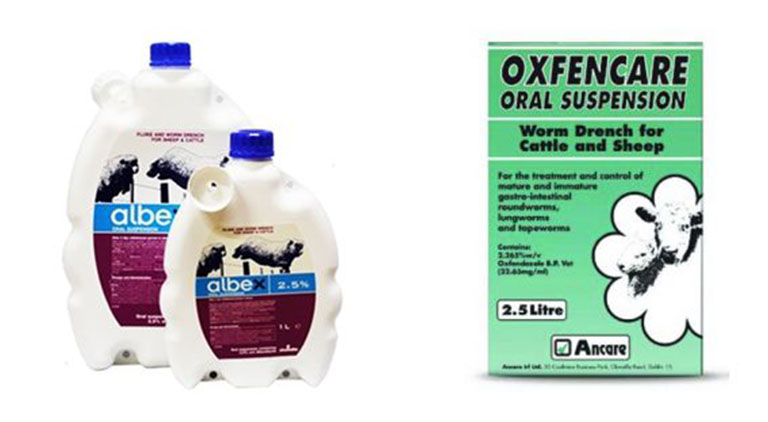
Lambs should be treated every 2-3 weeks during the high-risk period. Once the animal has been exposed to the parasite, it will develop immunity to it. Nematodirus is therefore largely a problem for springtime. Performance is rarely affected during the summer months, when other parasites are a bigger concern.






